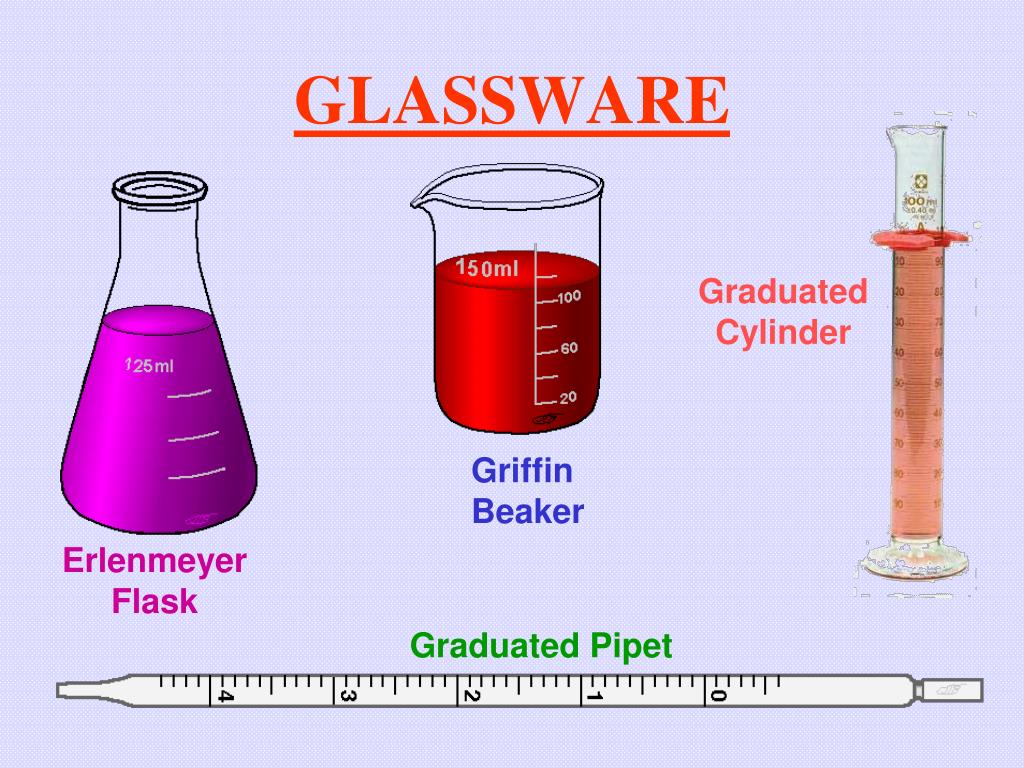
They are primarily used for pouring, mixing, and measuring liquids. Beakers are the most common type of laboratory glassware. You’re bound to find at least a dozen of these in any lab you go to.
BEAKER VS FLASK HOW TO
However, it’s worth noting that these are not the only uses! Scientists know how to take advantage of whatever they have on hand, so don’t be surprised if one day you walk into a lab and see someone using a watch glass as a lid, or a beaker as a mini trash receptacle. In this article, we go over the most typical uses for common laboratory glassware. There are some alternatives, like fused quartz, which are also very resistant and sturdy, but the low cost of manufacture means that borosilicate glass wins out for common use. Both of these properties make it ideal for laboratory work. It also has excellent resistance against most chemicals (excluding sodium hydride, which can react with it). This glass is extremely resistant to thermal stress.

Borosilicate glass is made primarily using silica and boron trioxide (an oxide of boron). All laboratory glassware, with very few exceptions, is made with borosilicate glass.

There are some things most pieces of laboratory glassware have in common. Indeed, you would be hard-pressed to find an experiment in any kind of scientific lab that doesn’t involve at least one of the tools listed in this article! We’ve progressed considerably since then, but the usefulness of glass equipment is as constant as it ever was.

Scientific glassware has been in use for centuries, starting with ancient Phoenicians, who used campfires to melt and fuse obsidian into useful tools. From chemistry to cell culture, there is one thing all science laboratories will always have infinite use for – glassware. Let’s take a look at the most common chemistry lab glassware.


 0 kommentar(er)
0 kommentar(er)
